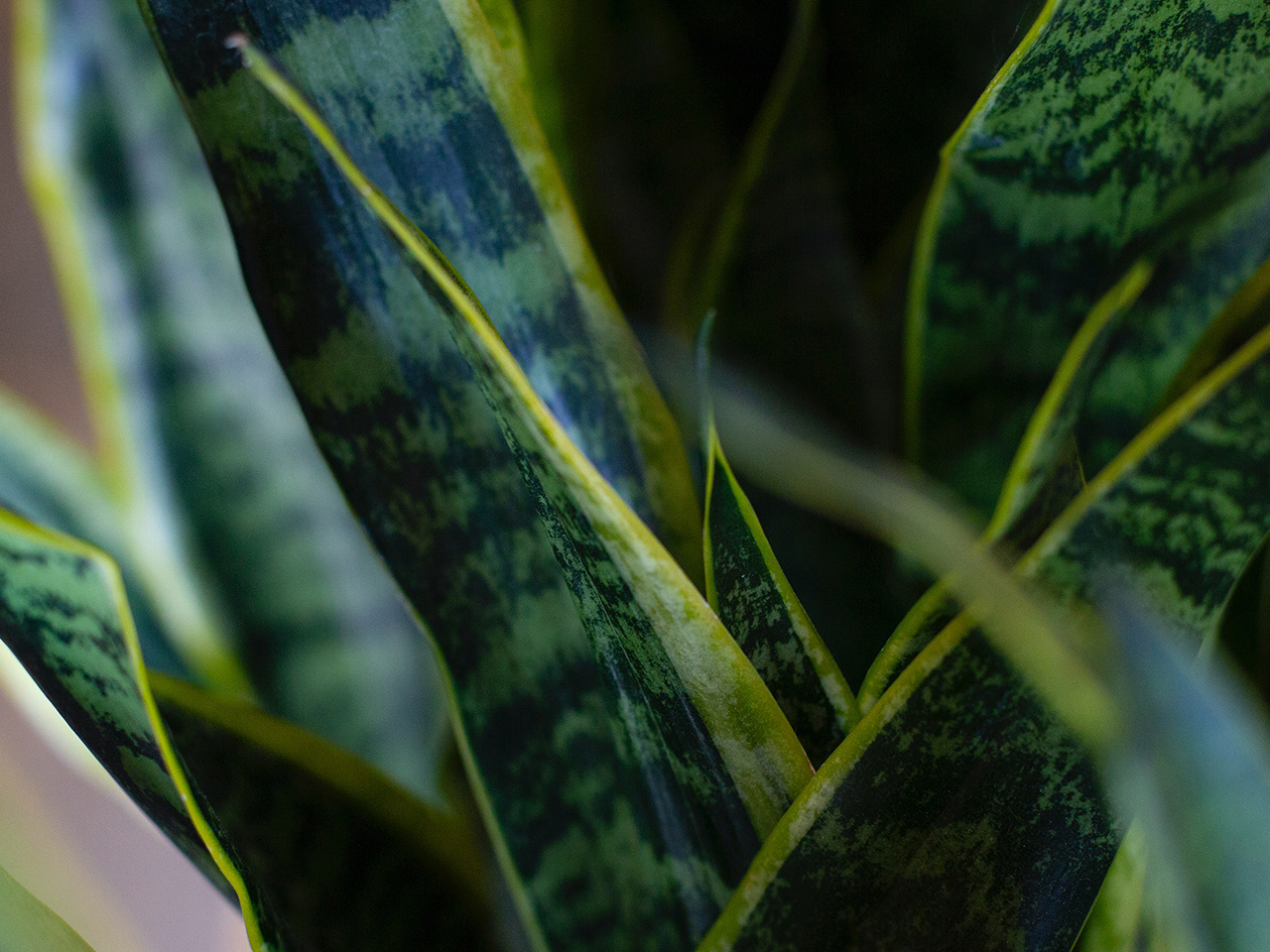Looks Like G Major
Blue Like Rain
When I was a very young child, a typical conversation with my parents would sound like this:
“I don’t like this song. It’s too yellow.”
“That’s nice, dear. What would you like for dinner?”
As I got older, the fond, amused looks that often resulted from such comments became ones of concern. After a specific comment—that my aunt’s compassionate voice “looked like blue rain over my dresser”—the looks lingered. Sensing this change in attitude toward such comments, I gradually parsed them out of my lexicon. When I began attending primary school and was met with more confusion and unease, I stopped mentioning anything to do with the clouds of color in my vision altogether.
It was kind of like having a secret superpower. In choir class, I could name any note or chord played on the piano because of the colors they produced. I was constantly complimented on my artwork and my use of color in my art classes. I could consistently identify people by the texture and color of their voices, even when they were one in a crowd.
Then, one day when I was twelve years old and aimlessly channel surfing, I happened upon a program on the BBC.
When Senses Collide
In 2008, the BBC aired a documentary titled “When Senses Collide.” The program explored a phenomenon called synesthesia, and examined several case studies related to the condition. Synesthesia, or “joining of the senses,” occurs when one sensory or cognitive pathway leads to an instantaneous, involuntary experience in another (Cytowic). Common forms of synesthesia are grapheme-color synesthesia, in which numbers and letters have an inherent color, and spatial-sequence synesthesia, in which dates, weeks, months, and years appear in precise locations in space in their visual field. One of the people in the documentary tastes words, and another instinctively assigns shapes to smells. All of them mused that they had never known that they experienced the world differently than their peers until they were told—or discovered on their own, as I did—otherwise.
A person who experiences synesthesia is called a synesthete. Synesthetes experience involuntary sensory associations in two ways, projection and association, and are so named. Projectors experience sensations in external space, and associators have a strong, undeniable “feeling” that a color belongs with a number, a sound, etc. The two are not mutually exclusive; a projector may also be an associator, and all sensations may not elicit the same response (Cytowic).
Research into the neurological causes of synesthesia is still ongoing, and since documentation of synesthetes largely depends on self-reporting, estimates of synesthetes in the population range from 1 in 4 to 1 in 25,000 (Simner). In 2006, in what is widely considered one of the most accurate studies on this topic, researchers found that about 22 of 500 subjects studied had some form of synesthesia—about 4%—with 9 different variations of the condition (Simner).
Research into the topic itself is theorized to have been ongoing since the times of the ancient Greeks, when philosophers asked if the timbre of music was quantifiable as color (Gage). A thesis in 1812 by a German physician referenced “colored hearing,” and in 1876 Gustav Fechner, the “father of psychosis,” performed the first scientific study of 73 grapheme-color synesthetes (Jewanski). Carl Jung referred to “color hearing” in his 1912 literary series, Symbols of Transformation (Jung). Since the rise of the internet in the 1990s, several national organizations have been formed to facilitate connections in the synesthete community and further research, such as the American Synesthesia Association.
Today, many, many synesthetes are known to the public, most of them creatives. Notable synesthetes in include: author Vladmir Nabokov; inventor Nikola Tesla; classical composers Franz Liszt (who would famously request his orchestras play with a certain “color”), Nikolai Rimsky-Korsakov, and Jean Sibelius; musicians Billy Joel, Pharrell Williams, Lorde, Lady Gaga, Kanye West and Patrick Stump; artists Vincent van Gogh and Melissa McCracken; and many, many more (Day).
Looks Like G Major
I experience chromesthesia. This is also called sound-to-color synesthesia, in which sounds invoke involuntary experiences of color as projections and/or associations. However, not every sound elicits the same mode of expression. For example, I always experience speech sounds—and general “life” sounds—as projections in my field of vision, but I have a much more associative response to music and other rhythmic sounds. In addition, the colors and textures that I experience are not universal among synesthetes; a friend of mine and I have regular arguments over the colors elicited by the latest hit song.
Most of the time, having synesthesia is a lot of fun. The tone, pitch and timbre of a sound all affect its color, and some days—especially when I’m in a new country with strange animal calls—are a wealth of discovery. I have perfect pitch on a few instruments due to the mnemonics that my chromesthesia gives me, and research shows that I’m likely an artistic person due in part to my synesthetic experiences.
However, sometimes it can be overwhelming. I don’t like to go to concerts or other loud venues, because my vision can be eclipsed by color. I also get migraines from sensory overload related to my chromesthesia. It can also be extremely distracting. For example, I’m one of those horrible people that watches Netflix with subtitles because dealing with the influx of projected color from television is simply too much sensory input to process.
My synesthesia allows me to experience the world in an incredibly dynamic way, and continues to aid me on a frequent basis in wholly unexpected ways. I am more creative because of it, and I certainly enjoy music to a greater degree with it than I believe I would without it. I hope that awareness of this phenomenon will encourage others to both examine their own experiences and to interact with their surroundings in new and different ways.
For more information on synesthesia, visit www.theiasas.com.
Works Cited
Cytowic, Richard E. Synthesia: a Union of the Senses. MIT, 2002.
Gage, J. Colour and Culture. Practice and Meaning from Antiquity to Abstraction. London: Thames & Hudson, 1993.
Jewanski, Jörg; Day, Sean A.; Ward, Jamie (2009). "A Colorful Albino: The First Documented Case of Synaesthesia, by Georg Tobias Ludwig Sachs in 1812". Journal of the History of the Neurosciences: Basic and Clinical Perspectives. 18 (3): 293–303.
Jung, C.G. The Transformation of Libido in "Symbols of Transformation", CW5, London 1912/1956, Routledge & Kegan Paul, para.237.
Sean, Day A. “Synesthete Composers and Musicians.” Synesthesia, The International Association of Synaethetes, Artists, and Scientists, 19 Oct. 2019, www.daysyn.com/Synesthete-composers-and-musicians.html#anchor_96.
Simner, Julia; Hubbard, Edward M., eds. (2013). "A brief history of synesthesia research". Oxford Handbook of Synesthesia. Oxford, UK: Oxford University Press. pp. 13–17.


